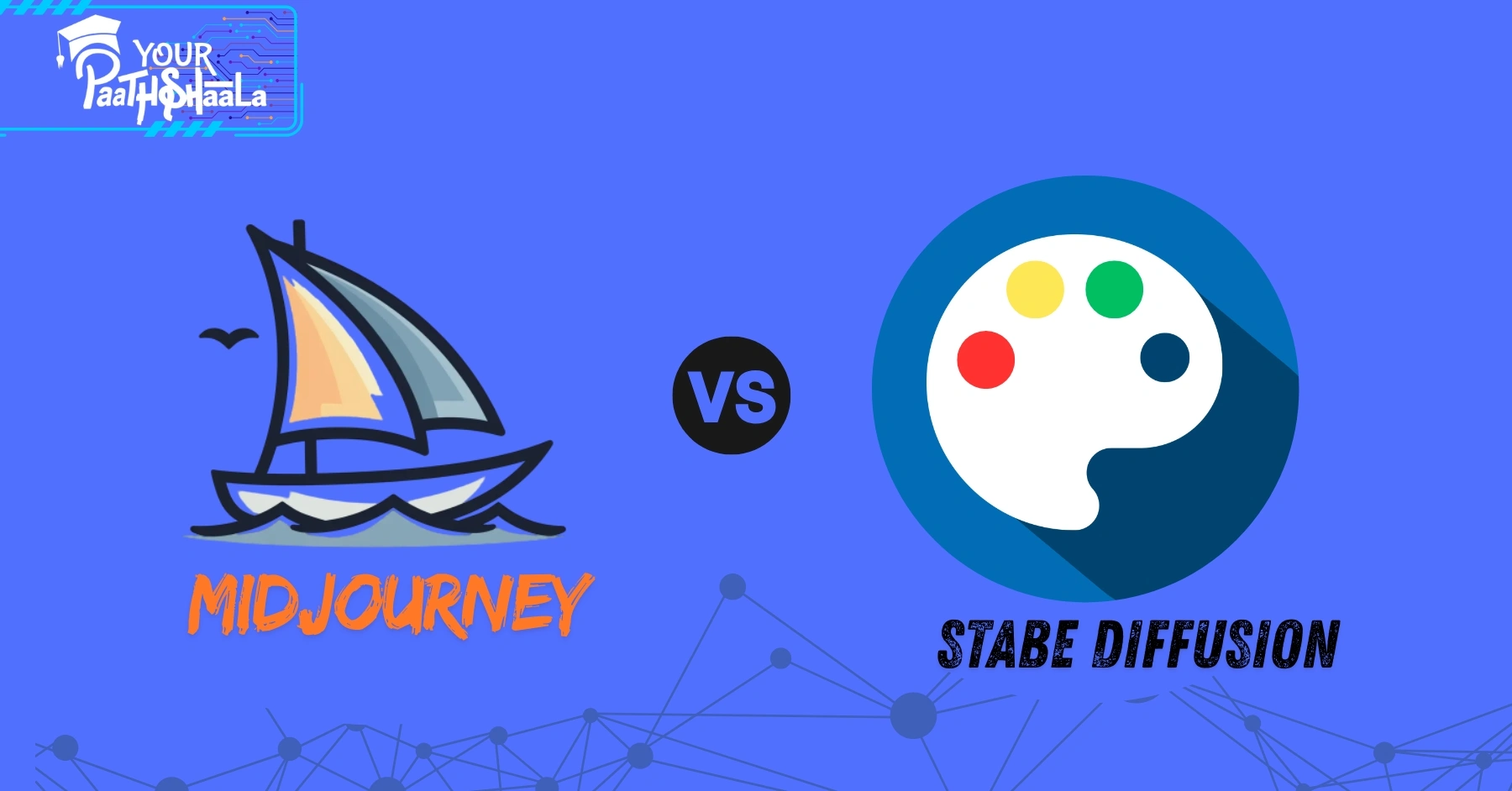
AI image generators are transforming graphic design, and two tools lead the pack: Midjourney and Stable Diffusion. Whether you’re creating stunning social media graphics, logos, or concept art, choosing the right tool can make or break your workflow. Midjourney vs Stable Diffusion comparisons often highlight their unique strengths—Midjourney’s ease of use and polished visuals versus Stable Diffusion’s flexibility and open-source nature. This beginner-friendly guide breaks down their differences in accessibility, customization, cost, and output quality to help you decide which fits your creative needs. Let’s dive into Midjourney vs Stable Diffusion comparisons and find your perfect AI art tool!
What Are Midjourney and Stable Diffusion?
Midjourney and Stable Diffusion are AI-powered text-to-image generators that create visuals from text prompts. They use advanced machine learning (diffusion models) to turn descriptions like “futuristic city at sunset” into detailed images. Here’s a quick overview:
- Midjourney: A proprietary tool accessed via Discord or its web app, known for high-quality, artistic images with minimal effort. It’s subscription-based and user-friendly.
- Stable Diffusion: An open-source model available on platforms like DreamStudio or locally on your PC. It offers extensive customization but requires more technical know-how.
This guide will compare these tools to help you choose the best for your graphic design workflow.
Why Midjourney vs Stable Diffusion Comparisons Matter
Understanding Midjourney vs Stable Diffusion comparisons is key to picking the right tool for your projects. Each excels in different areas:
- Ease of Use: Midjourney is beginner-friendly; Stable Diffusion needs setup and learning.
- Customization: Stable Diffusion offers more control; Midjourney keeps it simple.
- Cost: Stable Diffusion has free options; Midjourney requires a paid subscription.
- Output Quality: Midjourney delivers polished results; Stable Diffusion matches with tweaking.
Whether you’re a beginner creating social media posts or a pro designing detailed artwork, these comparisons will guide your choice.
Midjourney vs Stable Diffusion Comparisons: Key Factors
Let’s break down Midjourney vs Stable Diffusion comparisons across four key areas: accessibility, customization, cost, and output quality.
1. Accessibility: How Easy Is It to Get Started?
Midjourney
- Platform: Accessed via Discord or a new web app (as of 2025), requiring an internet connection.
- Setup: Sign up for Discord, join the Midjourney server, and use the “/imagine” command to generate images. No local installation needed.
- Ease of Use: Intuitive for beginners, with a simple interface and community support on Discord. Ideal for those who want quick results without technical setup.
- Drawback: Requires an internet connection and Discord familiarity, which may feel clunky for non-Discord users.
Stable Diffusion
- Platform: Available online (e.g., DreamStudio, Hugging Face) or locally on a PC with at least 4GB VRAM. Can be used offline with local setup.
- Setup: Online versions are simple, but local installation requires technical steps like configuring Python and a GPU.
- Ease of Use: Steeper learning curve, especially for local use. User-friendly interfaces like DreamStudio make it accessible, but advanced features need learning.
- Drawback: Setup complexity can deter beginners, but open-source access offers flexibility.
Verdict: Midjourney wins for ease of access and quick setup, especially for beginners. Stable Diffusion is better for those comfortable with technical setups or needing offline use.
2. Customization: How Much Control Do You Have?
Midjourney
- Options: Limited customization, including aspect ratios, model versions (v1-v6), and stylization parameters like “–niji” for anime styles.
- Features: Supports outpainting, inpainting, and blending images, but lacks advanced editing like Stable Diffusion’s inpainting precision.
- Style Consistency: New 2024 features (sref, cref parameters) improve character and style consistency for projects like comics.
- Drawback: Less control over fine details, making it less ideal for highly specific designs.
Stable Diffusion
- Options: Extensive customization, including image size, prompt strength, seed values, sampling methods, and thousands of community models for unique styles.
- Features: Advanced editing like inpainting (editing parts of an image), outpainting (extending images), and negative prompts to exclude unwanted elements.
- Style Consistency: Tools like Neural Frames allow training custom models for consistent styles, ideal for sequential art.
- Drawback: Requires prompt engineering and technical knowledge to achieve optimal results.
Verdict: Stable Diffusion wins for customization, offering unmatched control for detailed projects. Midjourney is simpler but less flexible.
3. Cost: What’s the Price Tag?
Midjourney
- Pricing: Subscription-based, starting at $10/month for ~3.3 GPU hours, up to $96/month for 60 GPU hours (annual plans offer discounts). No free tier beyond a limited trial.
- Trial: Offers a short trial (~25 minutes of generation time), but full access requires payment.
- Value: Predictable costs with no hardware investment, ideal for users without powerful PCs.
- Drawback: Ongoing subscription costs add up, especially for heavy users.
Stable Diffusion
- Pricing: Free for local use or basic online versions (e.g., 10 images/day). Paid plans (e.g., DreamStudio) start at $14/month for 4,000 images.
- Trial: Free access for non-commercial use via local installation or limited online trials.
- Value: Cost-effective for users with compatible hardware; cloud options are affordable for casual users.
- Drawback: Local setup may require a powerful GPU, adding hardware costs.
Verdict: Stable Diffusion wins for cost, with free options and affordable plans. Midjourney’s subscriptions are pricier but include server access.
4. Output Quality: Which Produces Better Images?
Midjourney
- Style: Known for high-contrast, detailed, and realistic illustrations with a polished, artistic flair. Excels in fantasy, sci-fi, and cinematic styles.
- Prompt Accuracy: Matches prompts well with minimal tweaking, producing vibrant, professional images.
- Examples: A prompt like “impressionist painting of a forest” yields detailed, painterly results with rich colors.
- Drawback: Can add modern elements (e.g., makeup in historical scenes) that feel out of place.
Stable Diffusion
- Style: Offers diverse styles, from photorealistic to abstract, depending on the model used. Requires prompt tuning for optimal results.
- Prompt Accuracy: Matches prompts with tweaking; excels in ultra-realistic or custom styles with tools like LoRA or ControlNet.
- Examples: The same “impressionist painting” prompt may need specific models (e.g., Stable Diffusion Ultra) to rival Midjourney’s polish.
- Drawback: Default outputs may lack Midjourney’s flair without fine-tuning.
Verdict: Midjourney wins for out-of-the-box quality; Stable Diffusion matches or exceeds it with expertise and custom models.
Step-by-Step Workflow: Creating a Social Media Graphic
Here’s a beginner-friendly workflow comparing Midjourney and Stable Diffusion for a social media graphic (e.g., Instagram post for a coffee shop).
Midjourney Workflow
- Join Midjourney: Sign up for Discord and join the Midjourney server.
- Enter Prompt: Type “/imagine vintage coffee shop poster, warm tones, cozy vibe –ar 1:1” in a private Discord channel.
- Generate Images: Receive four images in ~1 minute. Select the best and upscale using “–v 6” for higher quality.
- Edit: Use Canva to add text like “Grand Opening!” and adjust colors.
- Export: Save as PNG for Instagram.
Time: ~10 minutes
Pros: Fast, polished results with minimal effort.
Cons: Limited editing options within Midjourney.
Stable Diffusion Workflow
- Access Platform: Use DreamStudio or install locally via AUTOMATIC1111.
- Enter Prompt: Input “vintage coffee shop poster, warm tones, cozy vibe, high detail” with settings (e.g., 512×512, 30 steps).
- Generate Images: Get two images (DreamStudio) or more (local). Tweak with negative prompts (e.g., “avoid blurry text”).
- Edit: Use inpainting to refine details or Canva for text overlays.
- Export: Save as PNG for Instagram.
Time: ~15-20 minutes
Pros: High control over details and styles.
Cons: Requires more setup and prompt tweaking.
Verdict: Midjourney is faster for beginners; Stable Diffusion offers more control for custom designs.
Midjourney vs Stable Diffusion for Different Use Cases
1. Social Media Graphics
- Midjourney: Best for quick, eye-catching posts with minimal effort. Ideal for Instagram or TikTok.
- Stable Diffusion: Great for tailored visuals with specific branding needs, like product ads.
2. Concept Art
- Midjourney: Excels in fantasy/sci-fi environments with cinematic quality.
- Stable Diffusion: Better for ultra-realistic or niche styles with custom models.
3. Branding and Logos
- Midjourney: Good for artistic logo concepts but limited for precise edits.
- Stable Diffusion: Ideal for iterative logo design with inpainting/outpainting.
Common Mistakes to Avoid
- Midjourney: Vague prompts lead to inconsistent results. Be specific, e.g., “cyberpunk city, neon lights, night” instead of “futuristic city.”
- Stable Diffusion: Skipping model selection or negative prompts can result in low-quality outputs. Use community models for better results.
- Both: Ignoring platform-specific guidelines (e.g., Midjourney’s censorship on explicit content) can limit usability.
Tools and Resources
- Midjourney: Discord, Midjourney web app, Canva for post-editing.
- Stable Diffusion: DreamStudio, AUTOMATIC1111, Hugging Face, Neural Frames for style consistency.
- Learning: YouTube channels like Video Copilot, Reddit’s r/StableDiffusion, or PAACADEMY’s AI workshops.
Why Midjourney vs Stable Diffusion Comparisons Matter in 2025
As of July 2025, AI art tools are central to graphic design. Midjourney’s web app and V6 model make it more accessible, while Stable Diffusion’s open-source community drives innovation with tools like Stable Diffusion 3. X posts note Stable Diffusion’s edge in fine details and pose control, but Midjourney’s polished visuals remain a favorite for quick results. With AI design markets growing (valued at $150.2 billion in 2023), choosing the right tool is key.
Conclusion
Midjourney vs Stable Diffusion comparisons reveal two powerful AI art tools with distinct strengths. Midjourney shines for beginners seeking fast, high-quality visuals with minimal effort, perfect for social media or artistic projects. Stable Diffusion excels for advanced users needing customization and flexibility, ideal for detailed designs or branding. Your choice depends on your skill level, budget, and project needs. Try Midjourney’s trial for quick results or Stable Diffusion’s free version to experiment. Start creating today and see which tool sparks your creativity! To learn more about graphic designing practically join our institute YourPaathshaala in raipur or contact us at 8305209520 for more information.
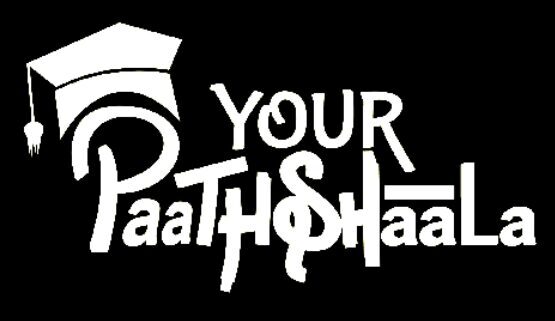

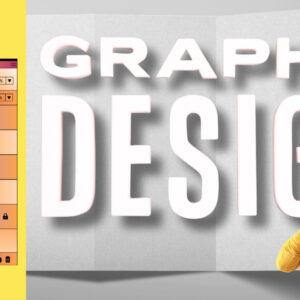

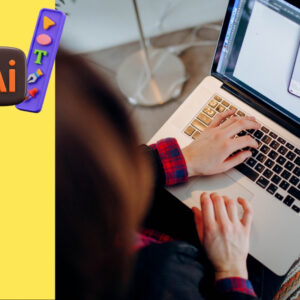
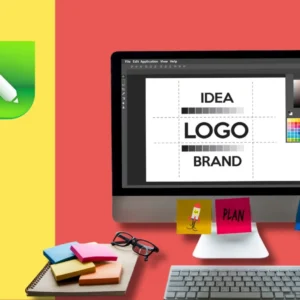
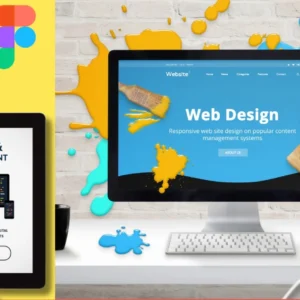
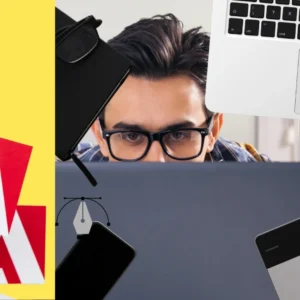
Add a Comment